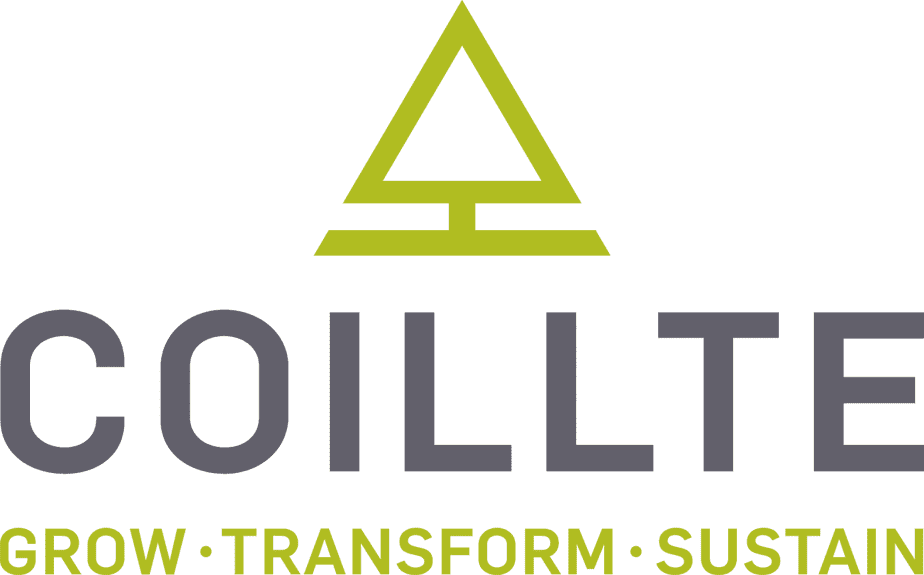Solar Energy
MKO has managed and delivered several large-scale ground-mounted solar farm planning applications across the country
The Irish solar energy sector has seen considerable activity in the last 3-4 years, with several ground-mounted projects reaching the build-out stage. With lower capacity factors and higher grid connection costs, Irish solar PV projects need scale to make them competitive in future auctions. Minimising costs and maximising design flexibility will be vital to delivering viable projects. From the earliest stage of an Irish solar PV project, with so many unknowns and uncertainties, no project can be guaranteed to be viable, but some wrong decisions can certainly make a project unviable. Developers need future-proofed planning permissions and provide design flexibility to take into account of changing technological requirements, EPC contractors’ needs or a grid connection offer’s specifications.
While solar applications have not attracted significant local opposition, a single objection, appeal, and judicial review can still give rise to considerable project delays that could result in knock-on delays for the next ECP process and future RESS auctions. Solar developers will want to avoid the difficulties associated with wind farm grid connections and avoid having to re-enter the planning process to secure permission for the solar project’s grid connection method nominated by the system operator.
With grid connection applications already submitted for thousands of megawatts of solar and over 1GW of planning permissions now in or successfully through the planning process, the industry is likely to see some further consolidation of these assets in preparation for RESS auctions or as some investors seek to realise a return on their early-stage investment. One constant will remain: the projects with the lowest build costs and most flexible and all-encompassing planning permissions will be most competitive at auction or the most sought after.
Case Study









